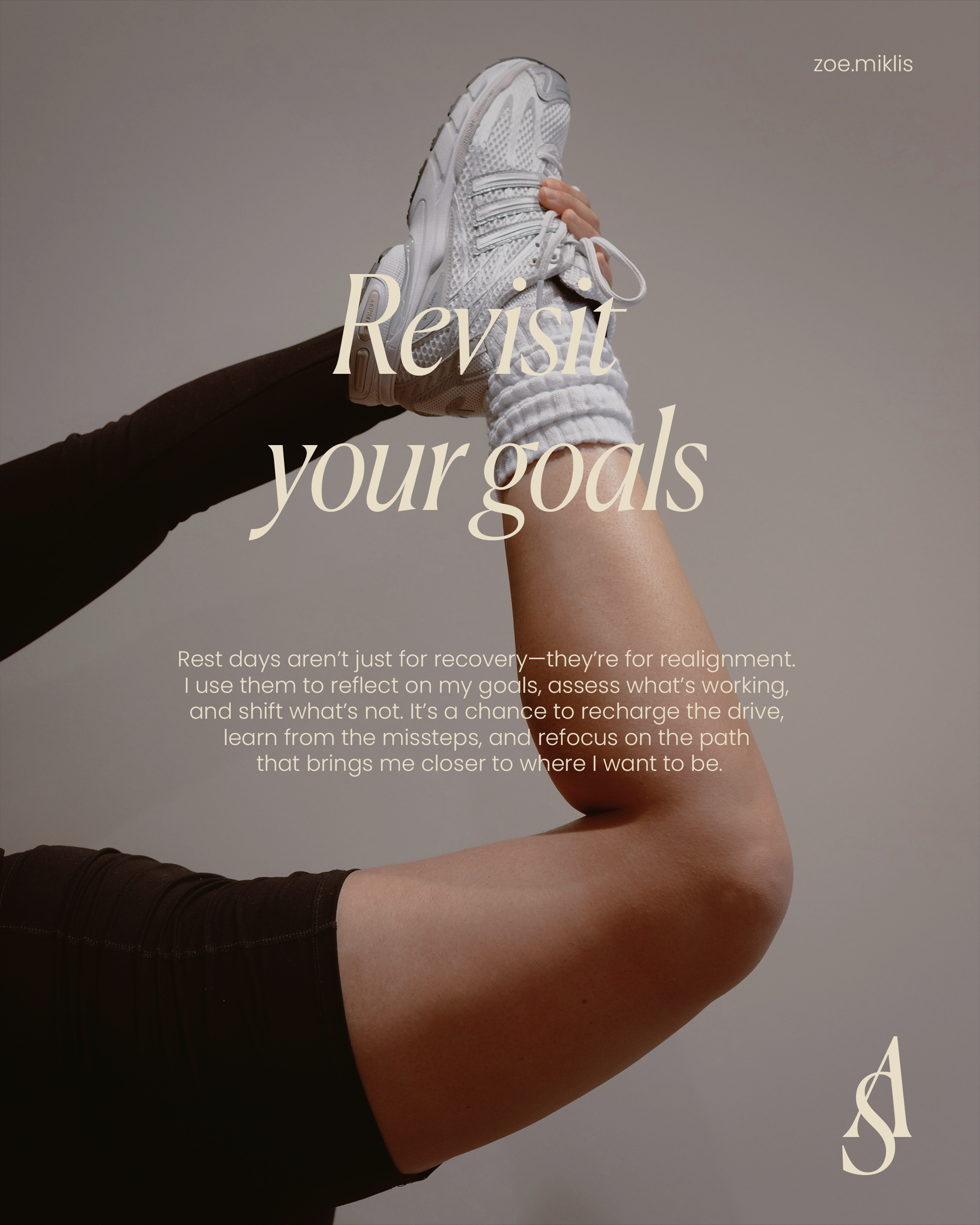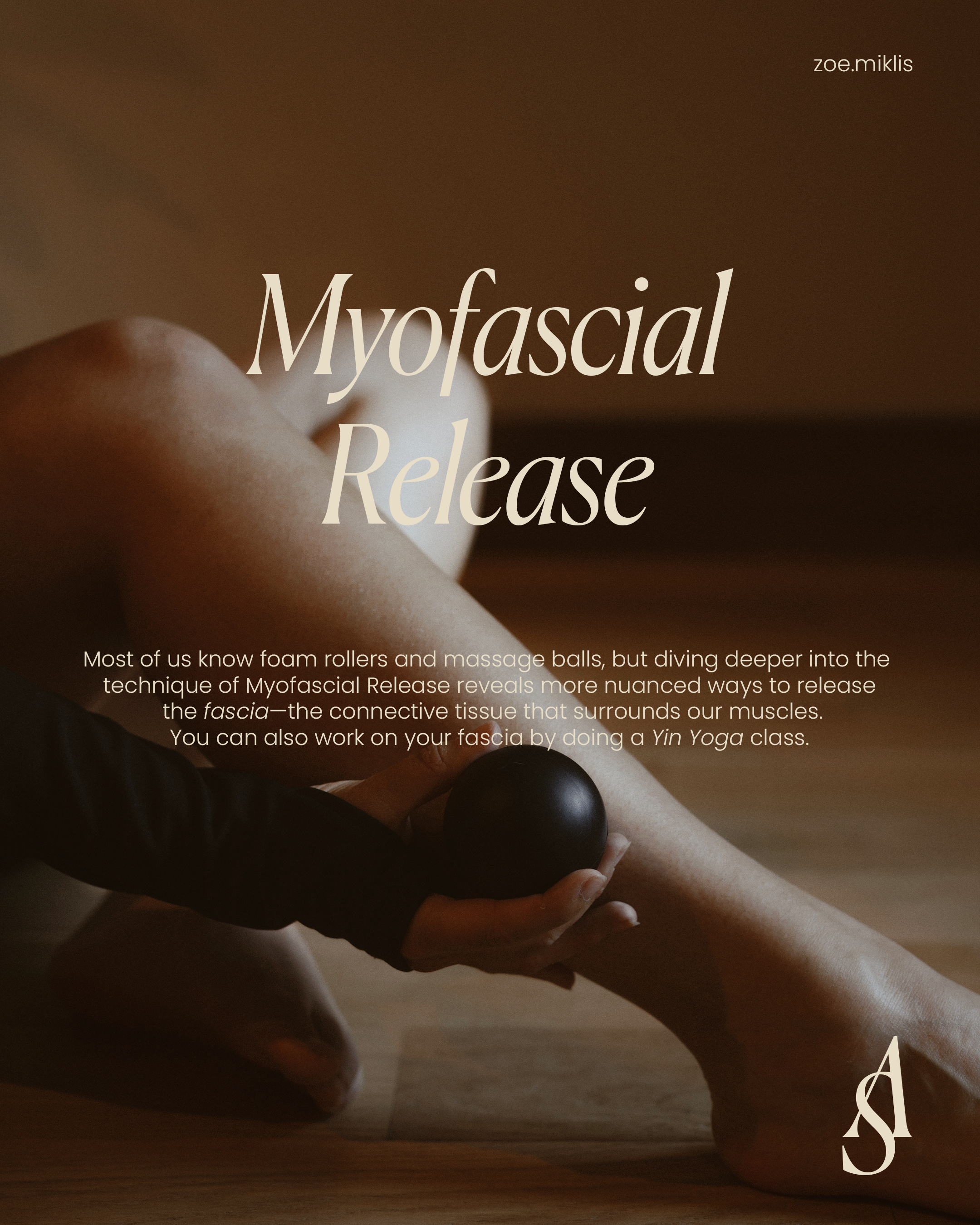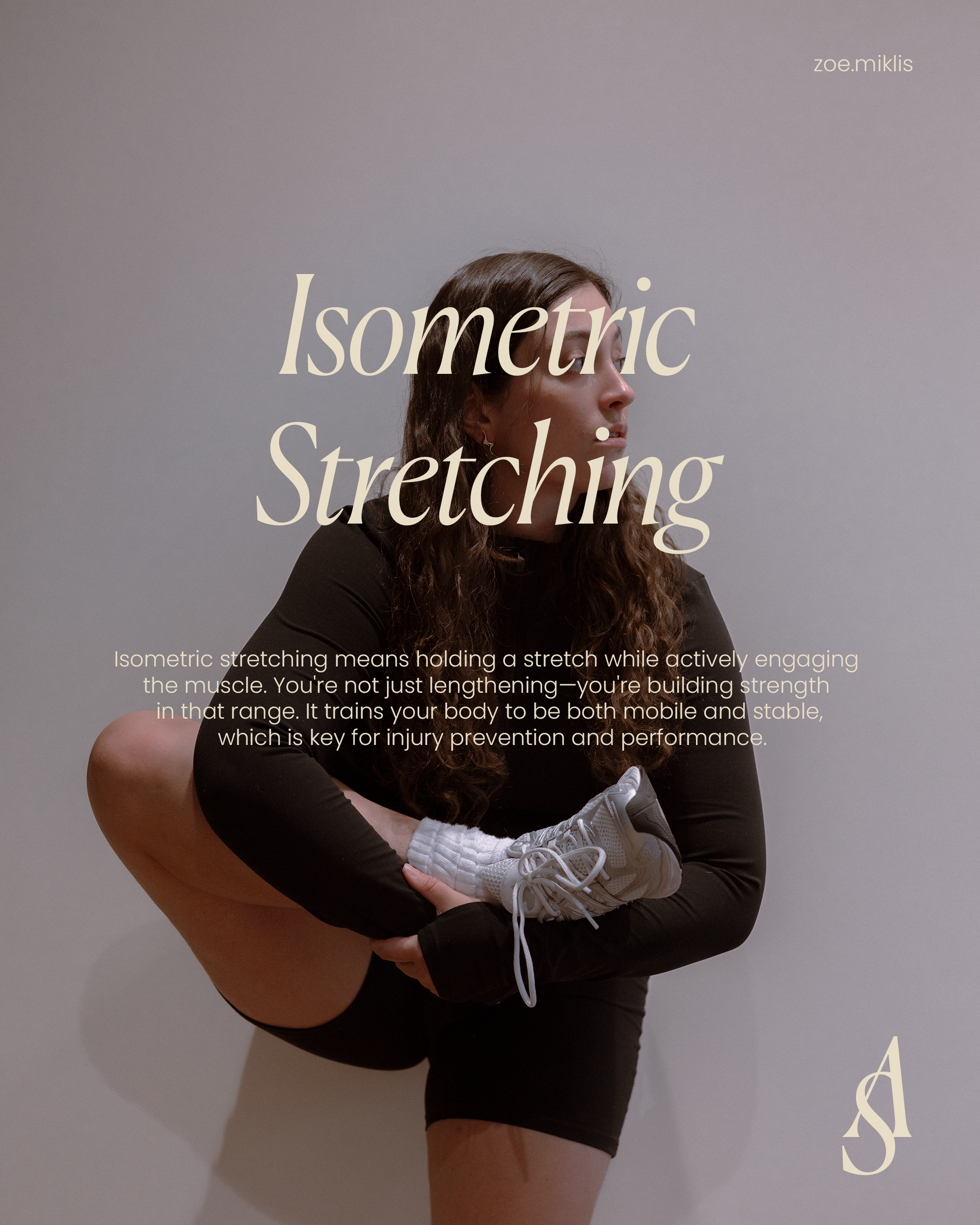Recovery Isn’t Quitting: 6 ways to come back stronger and become a better athlete + bonus tip
You’re hitting PBs. You feel fitter than ever—until it hits you. A strange pain that doesn’t go away, or worse, an injury. Maybe you’ve got a race coming up, and the last thing you want is a setback. I get it—I’ve been there. It’s annoying and demotivating. But as much as it feels like a defeat, there’s also an opportunity to fight back.
And no, I don’t mean pushing through the pain. That “no pain, no gain” mindset is honestly kind of sucky when you risk derailing your biggest dreams just to look tough. Instead, fight back the feeling of being defeated—and start listening to what your body is trying to say. Maybe your training load was too high. Or maybe you just wanted too much, too quickly—for where your muscles, tendons, or joints were at. That doesn’t mean you shouldn’t train hard. It means if you want to train hard, you need to condition your body even harder. Work with your body, not against it.
Breaking yourself down belongs to the race (or your BIG thing)—not the preparation. And yes, recovery might feel like slowing down. But in the long game, it protects you from more setbacks, helps you reach your peak, and builds the kind of athlete who lasts.
Below, you’ll find the ways that help me recover from pain caused by tightness and inflammation, and that support me in getting back on track before a more serious injury happens.
start from revisiting your goals.
Zoom out. Are you chasing progress or pushing past what your body is ready for?
2. find tension in your body and release it.
Use tools like myofascial release, foam rolling, or massage to reduce tightness and inflammation.
3. work simultaneously on flexibility and stability.
One supports range of motion; the other keeps it controlled. You need both.
4. increase mobility and address muscle imbalances.
Pain often comes from poor movement patterns. Restore balance where it’s lacking.
5. condition your body and reinforce proper mechanics.
Don’t just go harder—go smarter. Strengthen foundational movement first.
6. allow yourself to rest.
Recovery isn’t a setback. It’s part of the strategy.
7. bonus tip: you don’t have to stop doing what you love.
(unless you are seriously injured, always check with a specialist).
Sometimes, you just need to adjust how you do it.
Motion is lotion.
It’s true: our bodies like being in motion. Use it, or lose it. But the key is knowing how to move when something feels off. Tune into your pain scale: if it’s sharp or intense—stop. If it’s moderate—keep going, just more gently, and see how your body adjusts.
During my recent hip flexor issue, I took two full weeks off and focused on all the tools I mentioned above. When I returned to training, I still had to manage some lingering tension and occasional discomfort—but I was able to ease back into running and cycling. Sometimes it would hurt moderately during the first 10 minutes, then the pain would fade.
I’d always start with a dynamic warm-up and finish with at least five minutes of stretching. I kept up with rehab and mobility, ran and cycled a bit more each time, and it kept improving.
That blend—movement, patience, and consistent recovery practices—is what allowed me to begin my 16-week triathlon prep feeling stronger than ever. More aware of my limits, more in tune with how my body responds, and better prepared for the long game.
Recovery isn’t the end of your progress—it’s part of it.
If you’re chasing big goals, setbacks will happen. But they don’t have to break you. Learning how to pause, adjust, and come back stronger is what separates temporary wins from lasting progress. Treat recovery as training—because it is. The kind that builds durability, self-awareness, and the strength to keep going.
Listen to your body. Respect the signals.
And remember: healing doesn’t mean quitting.
It means you’re playing the long game, not just the highlight reel.





